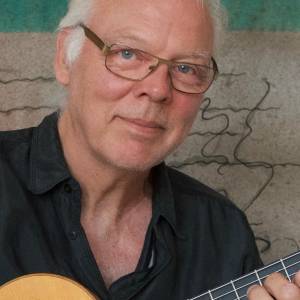Mills
What you see is the main symbol of the island I currently live on -a mill. Once there were lots of them, built in rows using a stub of an oak tree as its foundation. The stub was the fixed point, the mill was then swung around the stub, depending on the direction of the wind, using the long "handle" you see to the right of the mill.
The island, called Öland is only 135 km long and 20 km wide at the widest bit but it peaked 2000 mills in the midst of 1800. Complaints were made that too many good oak trees were felled just to be used as foundation for a mill, some farmers had the financial muscles to build two, one for wheat flour and one for rye flour.
It is believed that this type of mill, called "stub mills", has been in use on the island since the 1300s. The wind, squeezed between the mainland and the island through a narrow sound, is certainly ever present here as it must have been since land formed in the Baltic sea after the last ice age. Agriculture has always been hard in many places here because of the limestone ground with only a couple of centimetres of soil on top. But there are also, especially in the west side of the island old sea bottom with very good farming and that's where you find most of the mills, up to 70 in a row, not far from where I live.
From 1570 the king owned almost all of the island. He used it mostly for hunting a few days of the year, and for fetching oak wood for his war ships. The farmers were forbidden to fell trees and to hunt the kings animals, if you did, the punishment was very hard. If you owned a dog you had to chop one of its legs off to prevent it from being used as a hunting dog. And I'm not joking, it's in print. The poverty and starvation was enormous during a period of nearly 200 years but in 1746 the Kings rules were lifted a bit and farmers were given rights to use trees and to hunt for the farms needs and after that the use of mills expanded.
Today some 350 mills still stands. A few are used during tourist season to show the craft of grinding flour but most of them are just standing there as monuments over past times. They are well looked after by craftsmen, often pensioners, that funds money to repair them, out of interest for the old crafts, they don't get paid.
Mills are very important for tourism, as a symbol of the island and I find them beautiful but also as reminders of the needs of the past, when life was harder and food on the table was not something you could depend on. History on the island is very apparent and an important reminder of what has formed the lives we can live today.

Comments
Sign in or get an account to comment.


